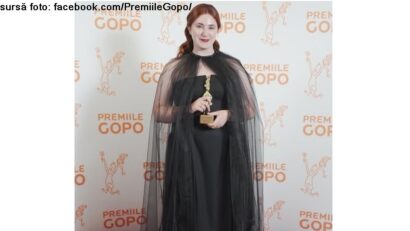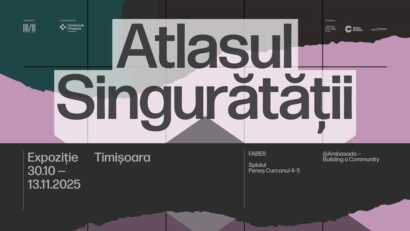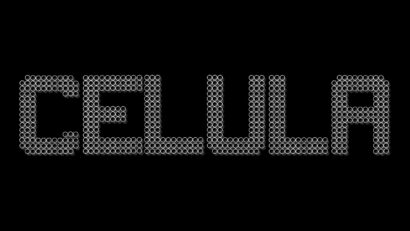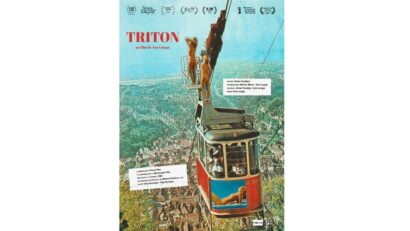“The distance between me and myself” a documentary about poet Nina Cassian
The documentary had its international premiere at the Trieste Film Festival.
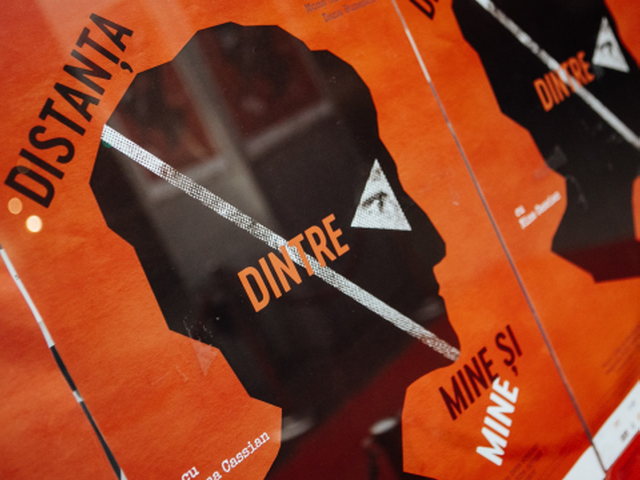
Corina Sabău, 13.04.2019, 14:16
“The Distance Between Me and Myself” had its international premiere at the Trieste Film Festival. It is a documentary about poet Nina Cassian, made by Mona Nicoara and Dana Bunescu. Since early March, the film has been in theaters in Romania. “Hers was a reputation of the femme fatale, a heavy drinker and a chain smoker, the avant-garde poet. Composer and graphic artist Nina Cassian was at once an accomplice and a problem for the Stalinist regime, then she had a direct conflict with the Ceausescu regime, only to end up in unwilling exile in New York in 1985, in the wake of the assassination of dissident Gheorghe Ursu” the two filmmakers said.
We invited Mona Nicoara and Dana Bunescu in Radio Romania International’s studios. We sat down and talked to them, detailing on their documentary. We wanted to find out how a ninety-minute production succeeded to reenact the so complex a history of a life, all along going with Nina Cassian in her endeavor to question her own options. The film was produced by Hi Film Productions in Romania and Sat Mic Film in the USA, and was also co-produced by Romanian public TV. In Romania, the documentary has triggered many reactions, mainly because of Nina Cassian’s rather complicated history. It is the reason why, many times, the documentary as such, and how it was made, were rather soft-pedaled.
The two started work on the film in 2013, when Mona Nicoara began filming Nina Cassian in her flat in New York. The research extended into 2014, and the main financing was not available earlier than 2015. All throughout the film, Nina speaks about her poetry, about the reasons that prompted her to adhere to communism, about the disappointment the Ceausescu regime in Romania provided for her. Among other things, the two filmmakers were rebuked because they turned a proletkult writer into an icon. And that, despite the fact that, apart from a couple of volumes she published in the 1950s, in which she made her political convictions public, Nina Cassian published no less than 20 other poetry volumes and a similar number of books of children.
Speaking about that, here is Mona Nicoara: ”I don’t think we succeeded to turn Nina into an icon, Nina had been an icon for a long time. In the gay community, she was very well known, she was considered one of the staunch supporters of that community, In school textbooks or on TV, she was presented as an author of children’s books or as proletkultist poet. In keeping with the circumstances, everybody appropriated a part, a facet of her personality. What we were interested in was to collect all those attempts to present Nina, to try and see how all those facets tied in with one another. As a matter of fact, she herself was very critical regarding those tentative presentations.”
“The Distance Between Me and Myself” was not intended as a legacy film. All she had to say, account for, and explain, Nina Cassian had already included in her memoirs, or that’s what filmmaker Mina Nicoara believes. She liked the idea, though, of the film gathering bits and pieces of her life and placing them against the present.
With details on that, here is Mona Nicoara once again: ”What I was interested in while making the documentary was to find out what was behind that phrase which is actually the title of the film, which I found in her Memoirs, the distance between me and myself. I suspected it would all boil down to a complicated relationship between archives and her personal memory, and didn’t know how we would sort those things out. At the same time, whenever you start work on a film, there’s a sense of insecurity about it, you don’t know where all that ends, and the tendency is to gather as much stuff as you can. So, apart from those interviews that actually made up the core of the film, I also had stuff I could use additionally: archive documents that didn’t have a direct connection with Nina, some footage I made jointly with Ovidiu Marginean and Rudolf Costin in New York and Bucharest, especially as I was searching for a couple of exterior takes, footage that Dana Bunescu, quite aptly, talked me out of using. It was thanks to Dana that we accomplished that apparent formal simplicity, which made the film become what I wanted it to become: something about the relationship Nina Cassian had with herself. “
Before achieving the final version of the film, Mona Nicoara tried out many other versions. Jointly with Dana Bunescu she reached that very simple structure, remaking the timeline of an entire life. Speaking about that, here is Dana Bunescu herself: “The film was made as a result of lots of discussions on the stuff we had. And we had so much stuff: the footage Mona had filmed in 2013, that is the interview with Nina Cassian proper. Then there was the research we made with the CNSAS (The National Council for the Study of the Securitate Archives) and the State Archives. We also had the Romanian television archives and the National Film Archives. Mona was familiar with all that, she watched it again with me and we talked a lot about what we should keep, and how we may organize the material. So from a certain point onwards we had many attempts to systematize the stuff, so that our story may be efficient and clear, also allowing for a couple of questions to be asked. Maybe the most difficult part had to do with inserting the CNSAS file, which meant that, in the documentary, a third person would have appeared, the voice of an unknown person which did exist in the life of that man.”
Here is Dana Bunescu once again, this time speaking about the reactions triggered by the film.
”I was happy to see young people watching the film. Youngsters who did not know what film they were about to see, but whom I heard talking after the screening, wanted to get hold of Nina Cassian’s books. There was nothing else that could touch me so strongly.”

